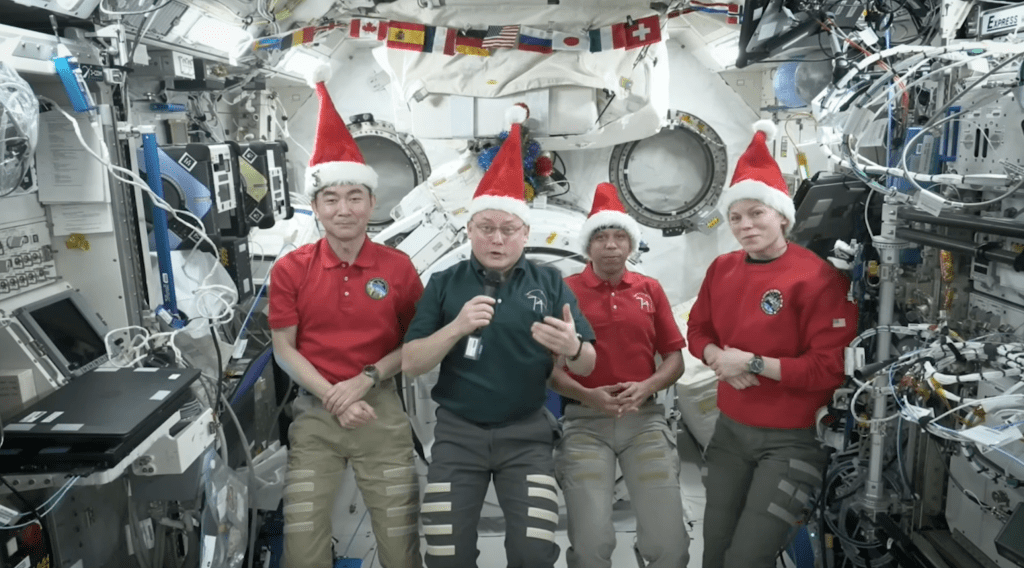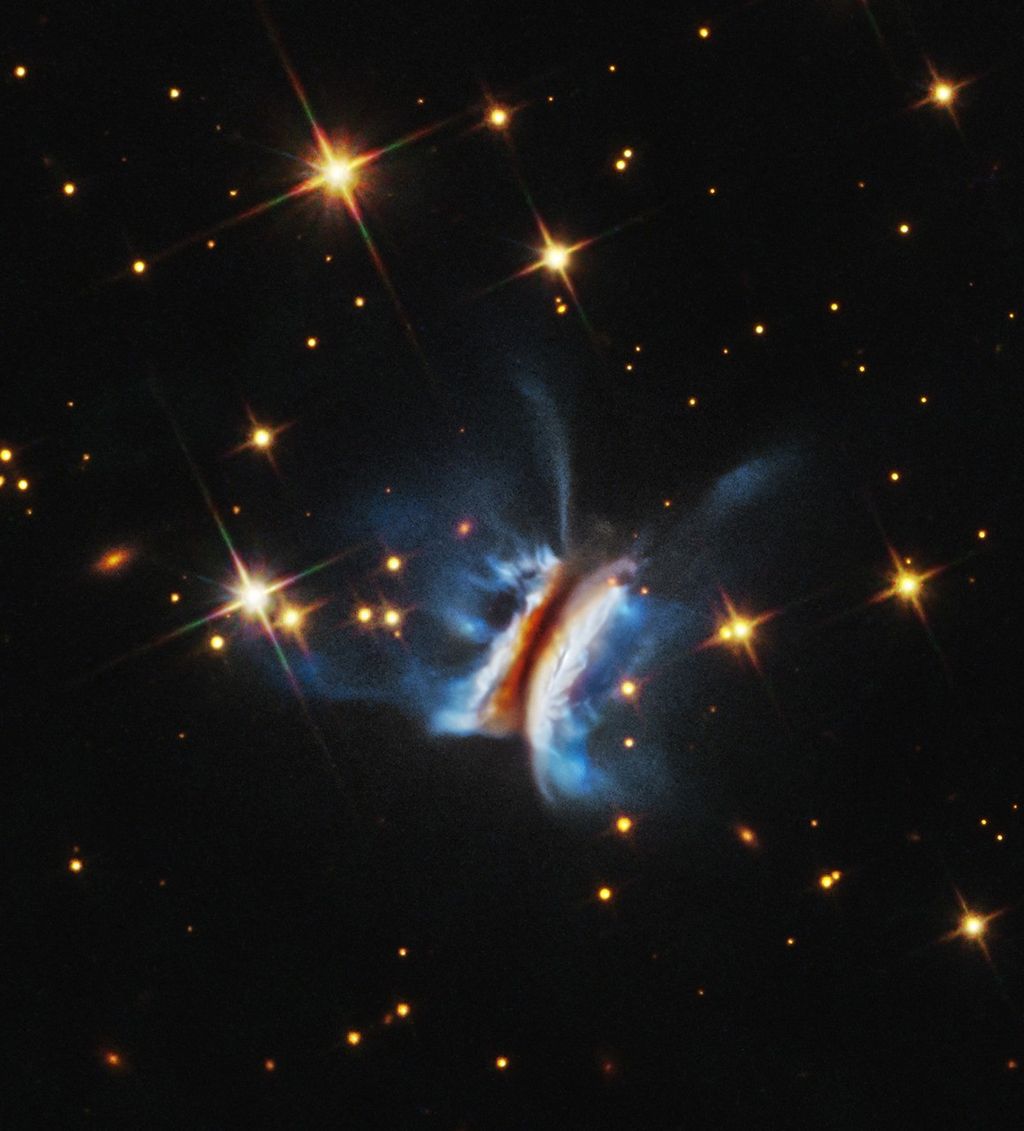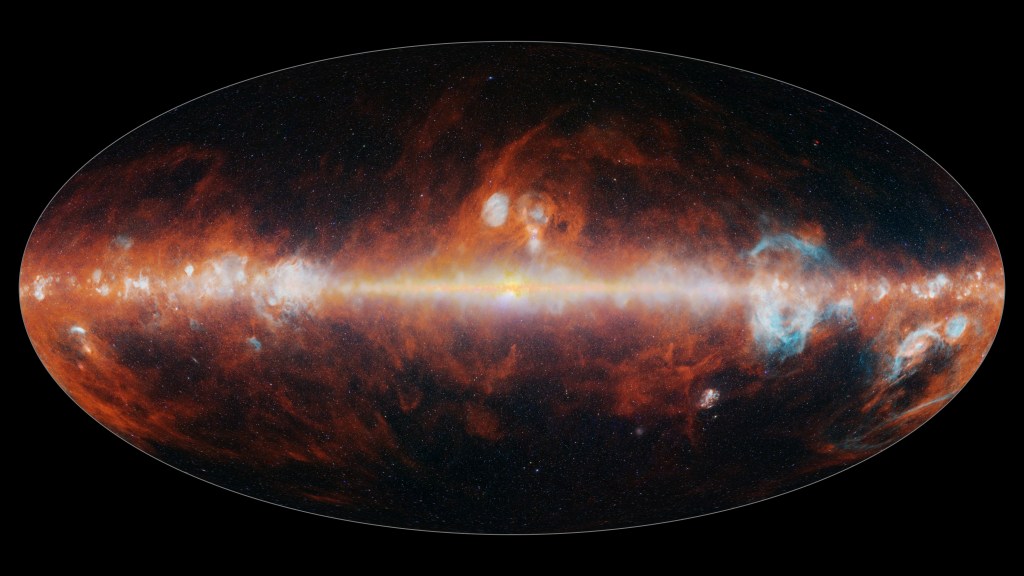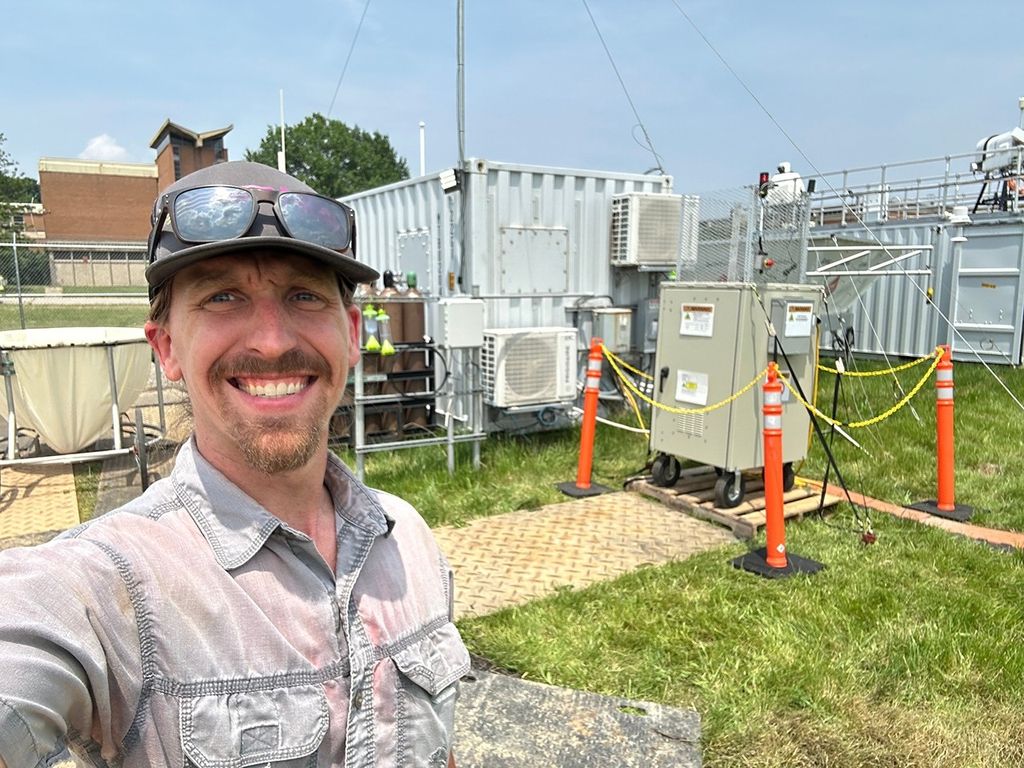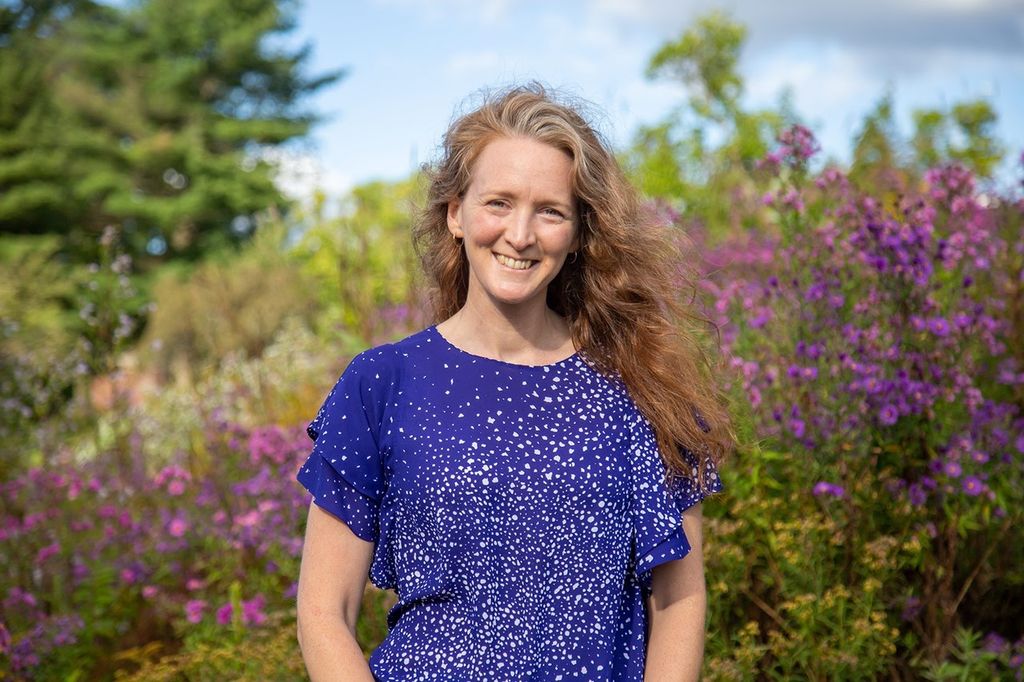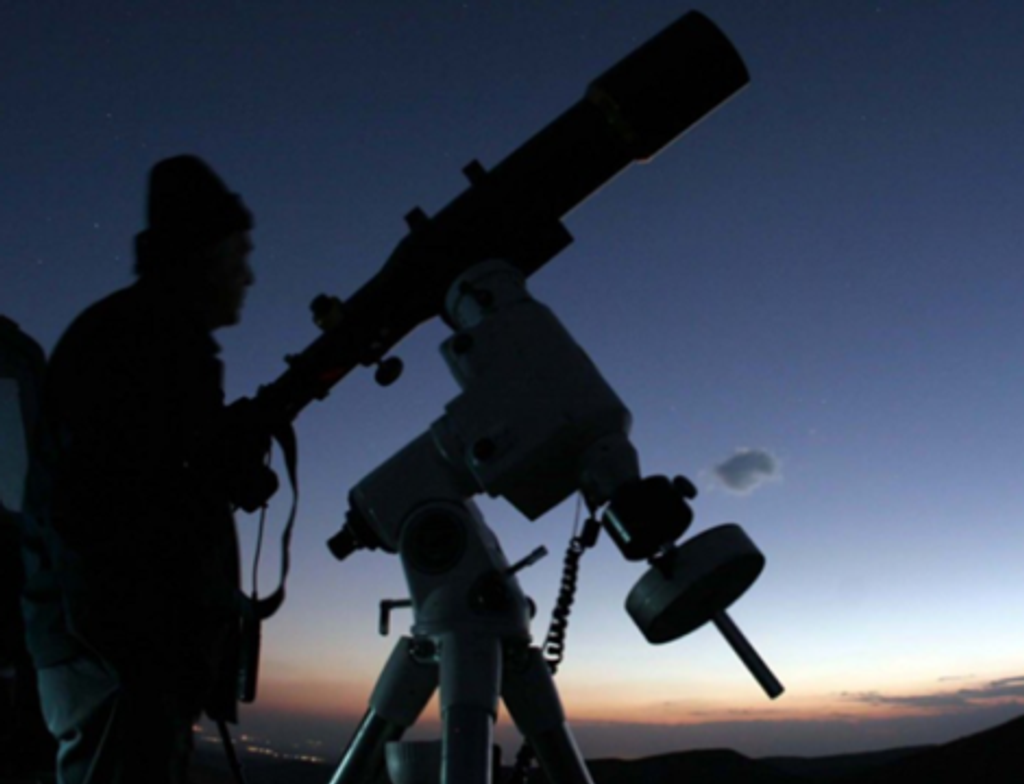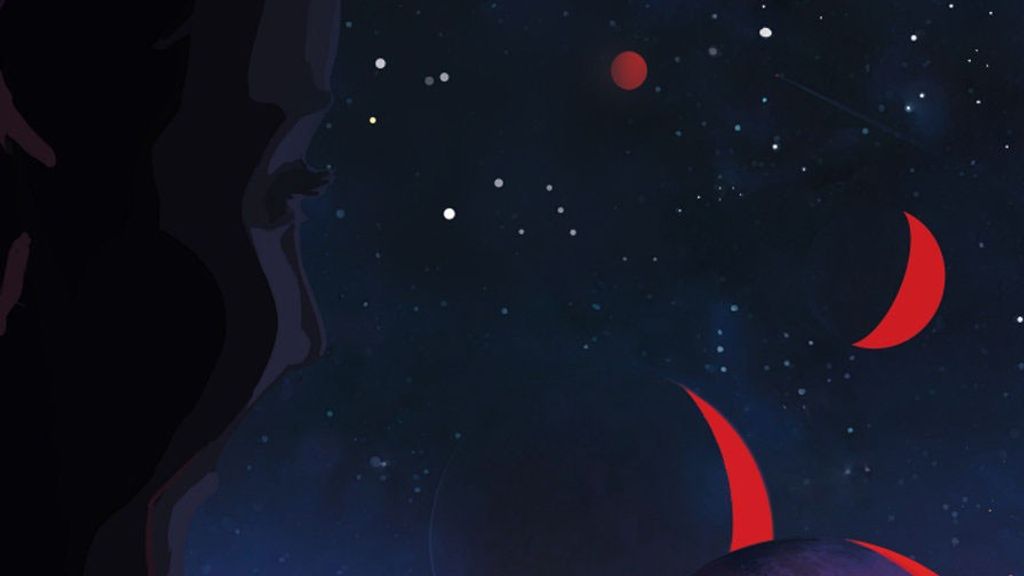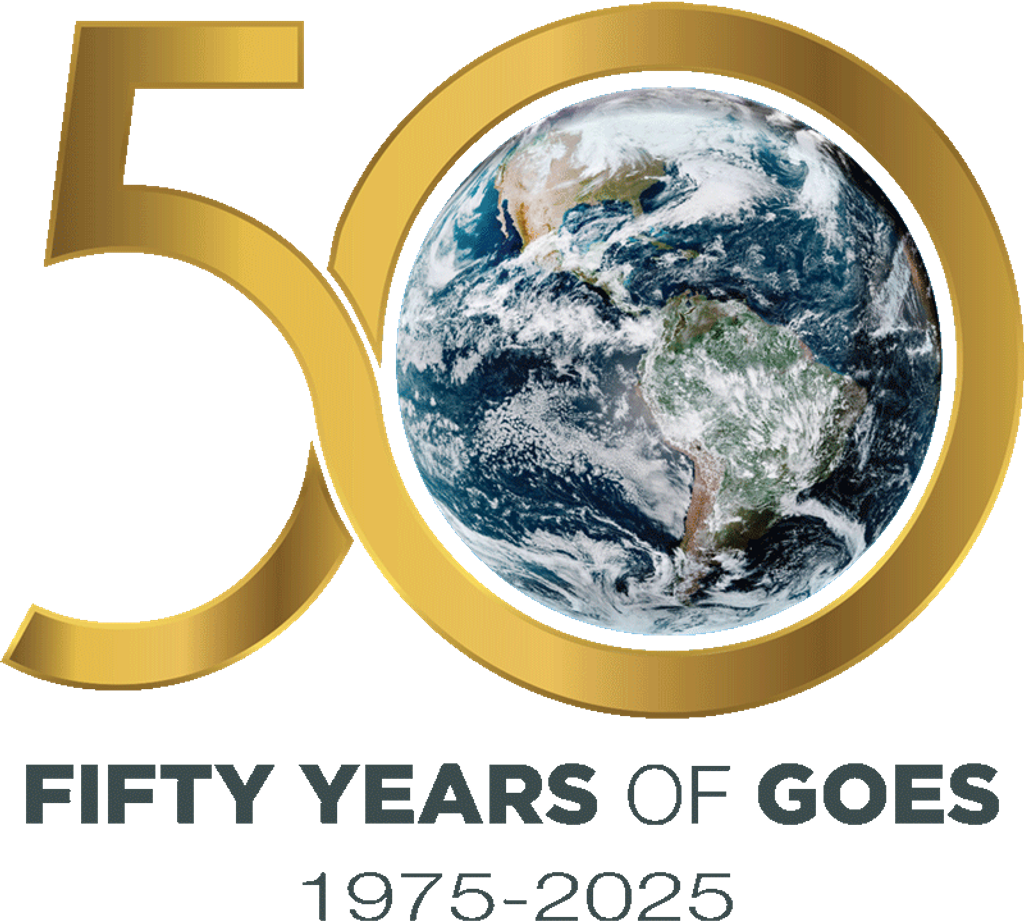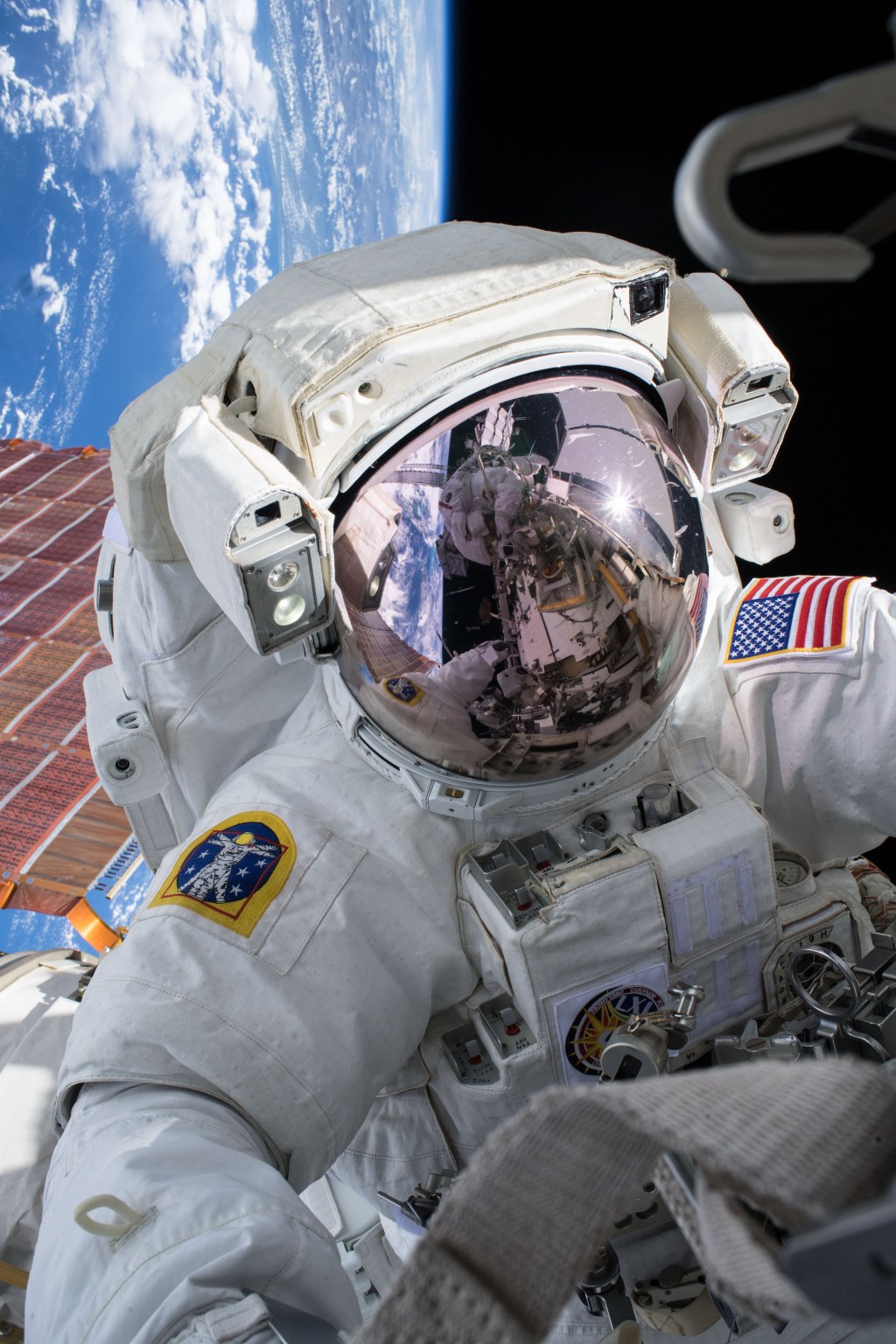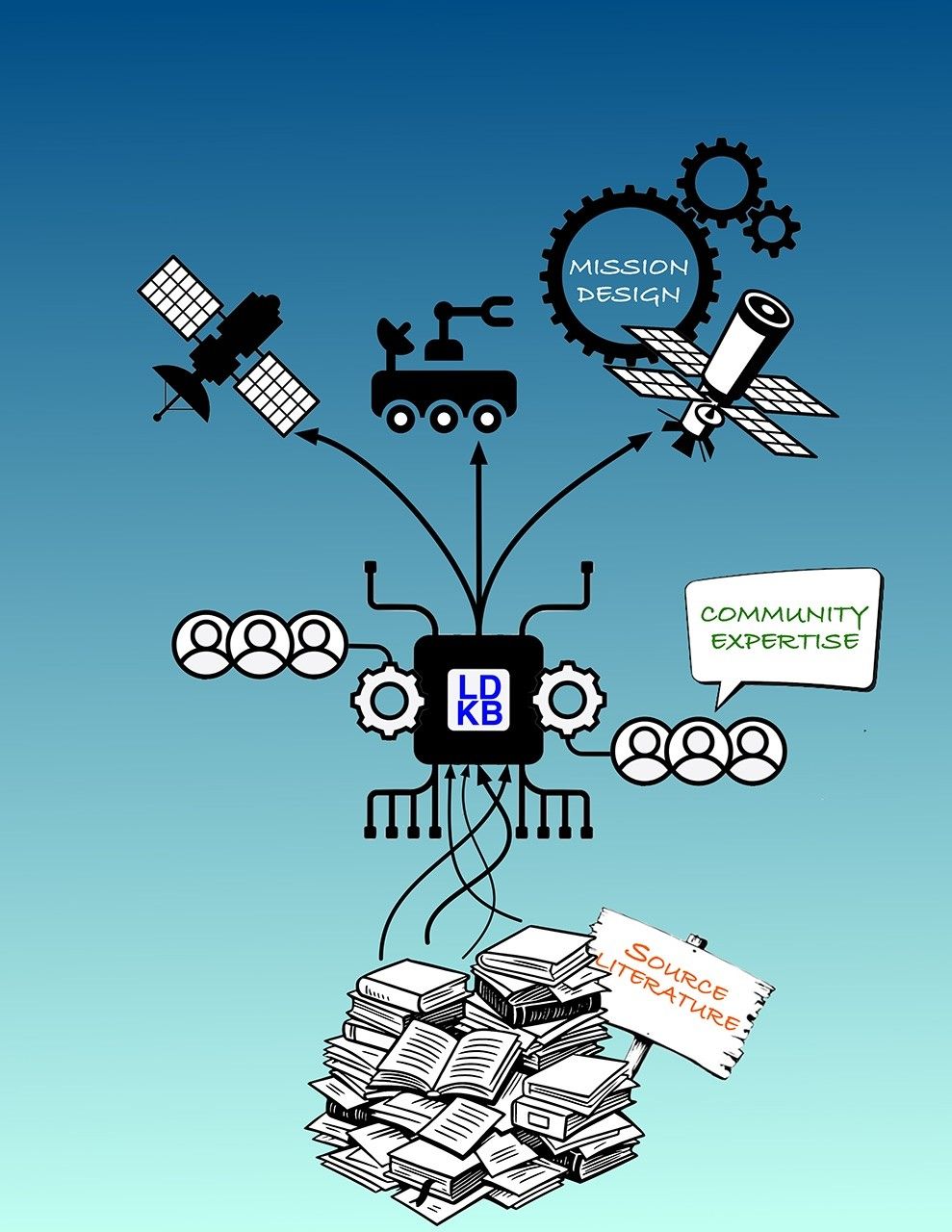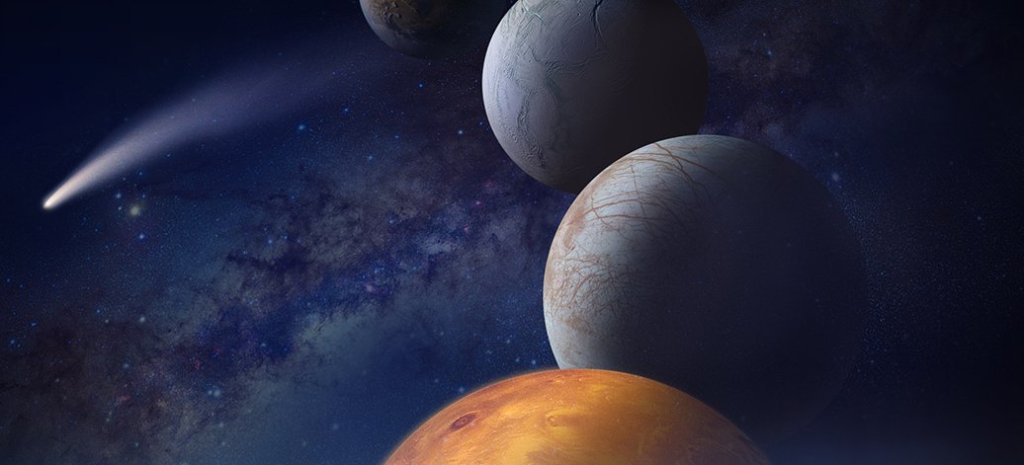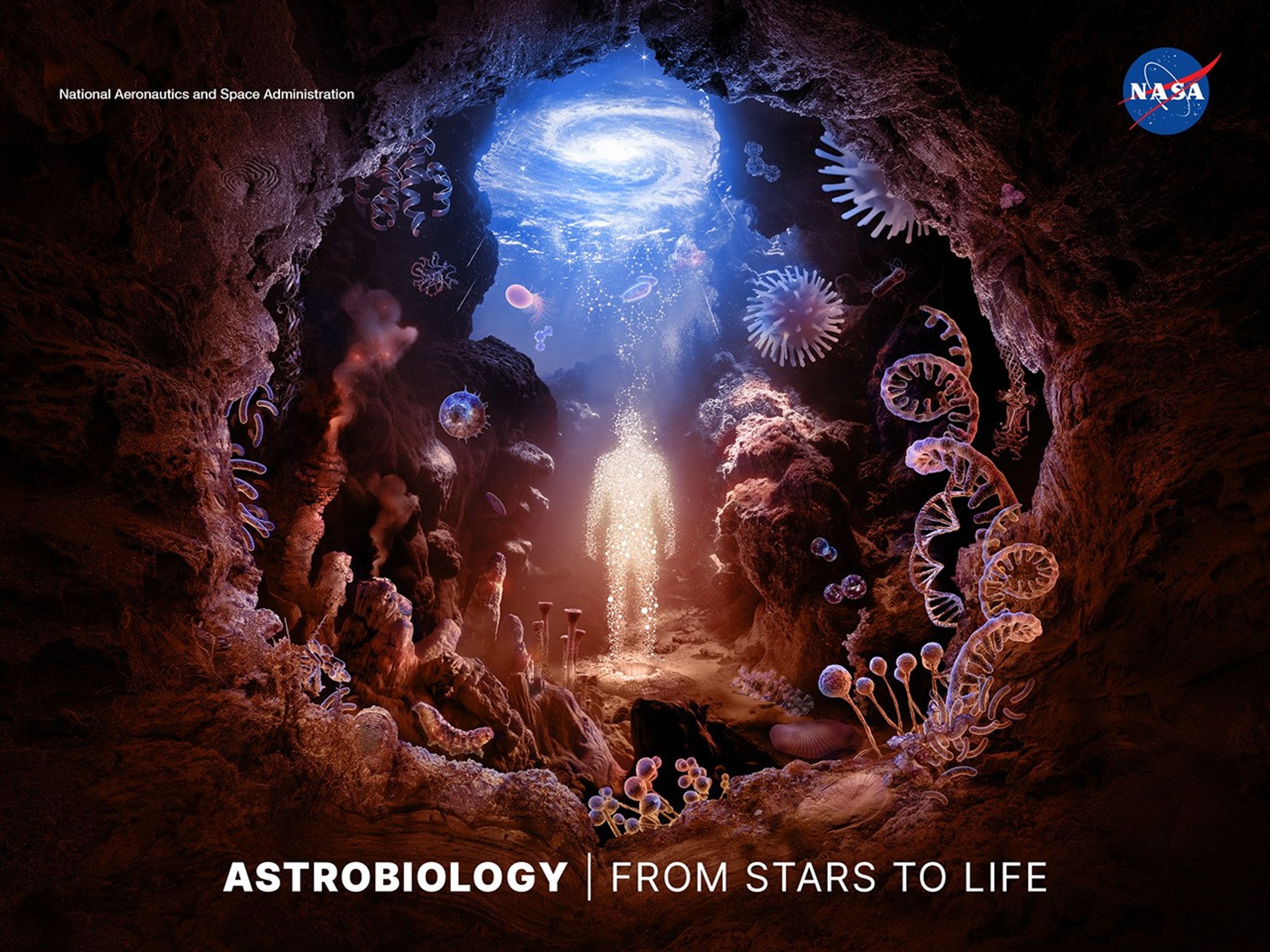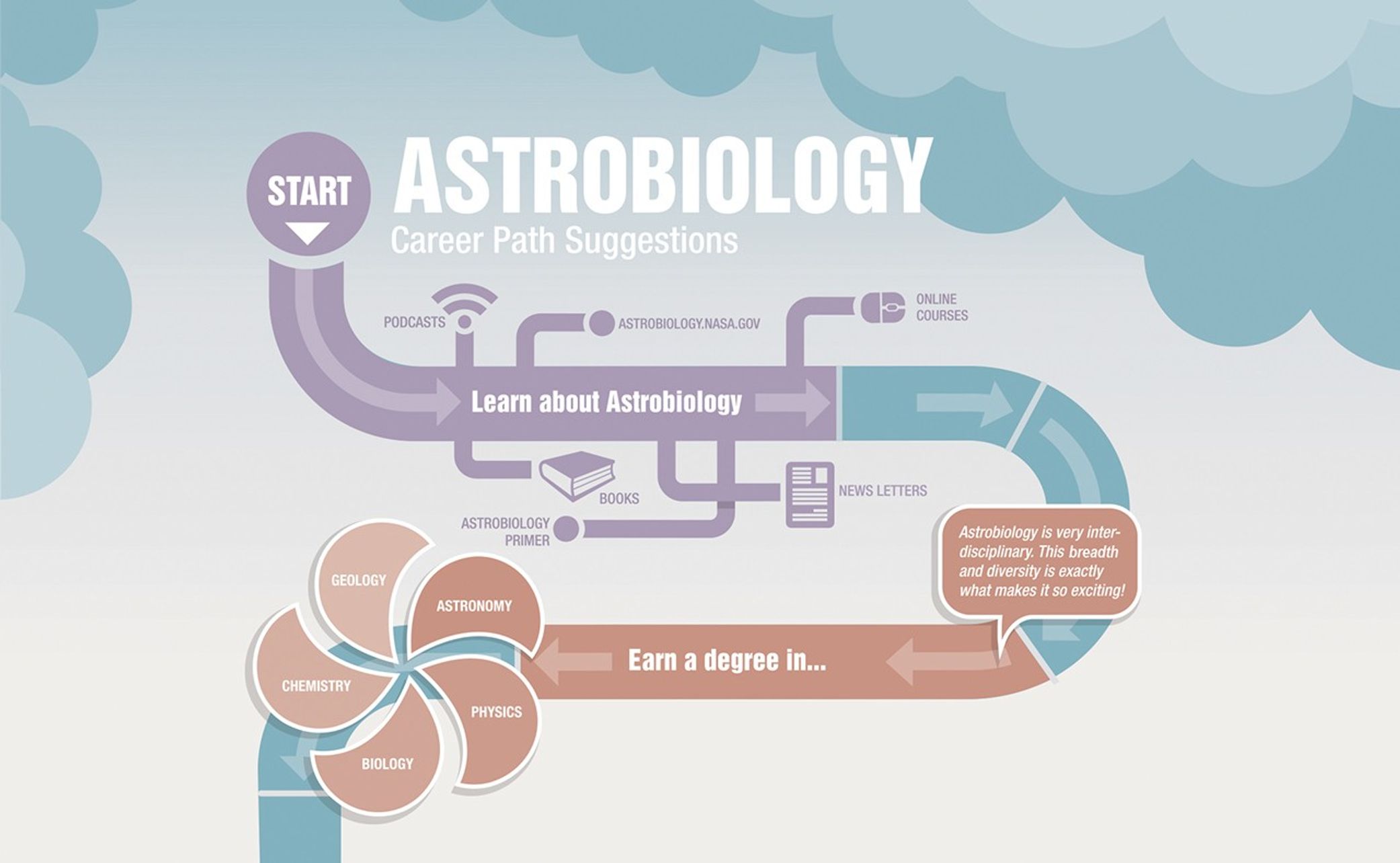NASA’s Life Detection Knowledge Base: A Tool for Life Detection Mission Planning
Seeking life beyond Earth is a complex undertaking that relies on the integration of several key elements: cross-disciplinary knowledge to define, measure, and assess potential signs of life in their environmental context, a payload that can make those measurements and characterize their context, and the consensus among the scientific community on the confidence that can be ascribed to different observations as evidence of life. This approach for advancing life detection has been recommended by decadal surveys, community workshop findings, example framework studies, and community strategy documents. These documents emphasize the importance of establishing a framework and process well before any discovery of a confirmed biosignature to inform science and measurement priorities for successful life detection missions.
A framework for life detection mission development
One NASA team has taken on the task of incorporating these recommendations into a webtool, the Life Detection Forum (LDF). The LDF is designed to
- Highlight priorities for life detection technology development,
- Organize current and emerging knowledge about life detection science and technology, and
- Link life detection objectives to measurement and instrument requirements.
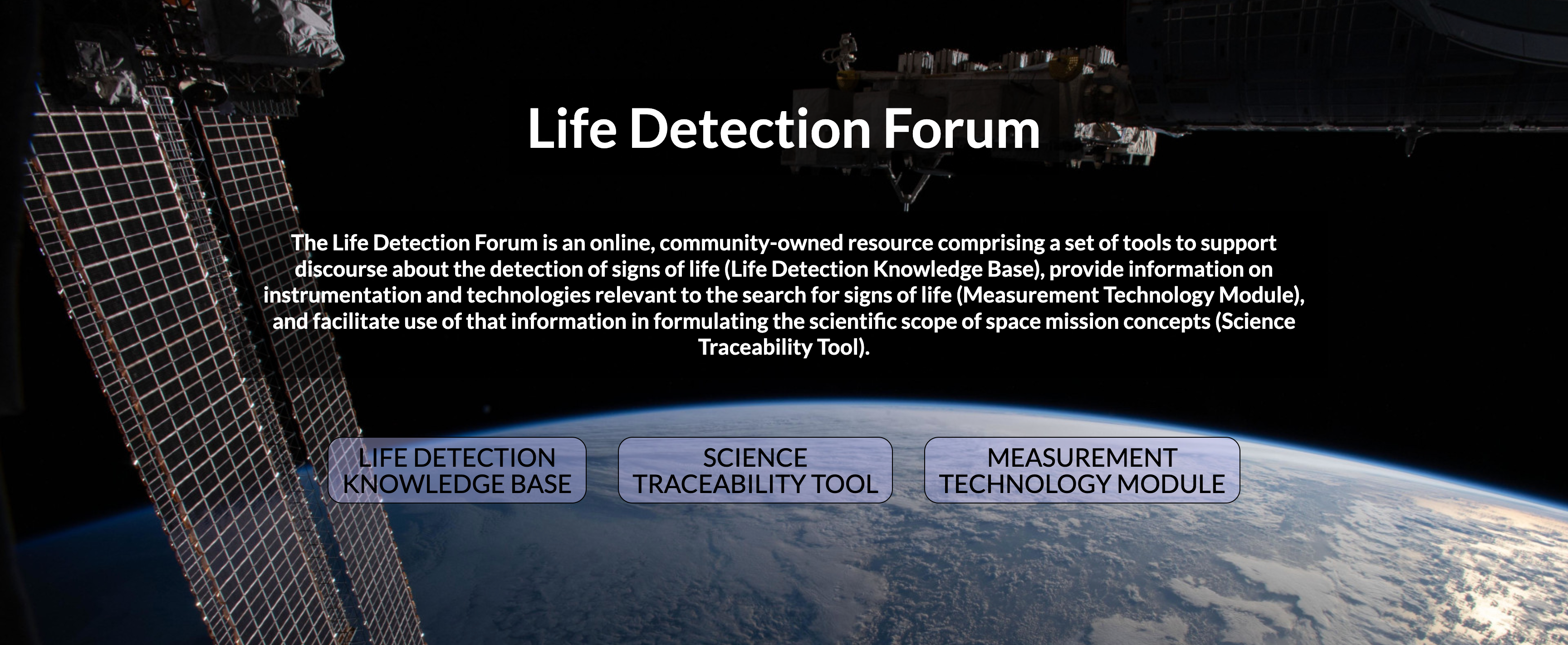
Working in conjunction with the broader community, the LDF has been developed and managed by a collaboration of astrobiologists and technologists in the Center for Life Detection, part of NASA's Network for Life Detection Research Coordination Network.
The core of the LDF is the Life Detection Knowledge Base (LDKB). The LDKB is a resource that synthesizes and standardizes information on substances, structures, patterns, or activities that have been proposed to provide evidence of current or former life, or potential biosignatures. In the LDKB, information is presented according to user-developed arguments that support or argue against the utility of a particular measurement type for seeking evidence of life in the context of a particular planetary environment or mission architecture. These arguments are organized according to four criteria, biological or abiotic prevalence, and biological or abiotic signal strength, and each is supported by evidence from scientific literature.
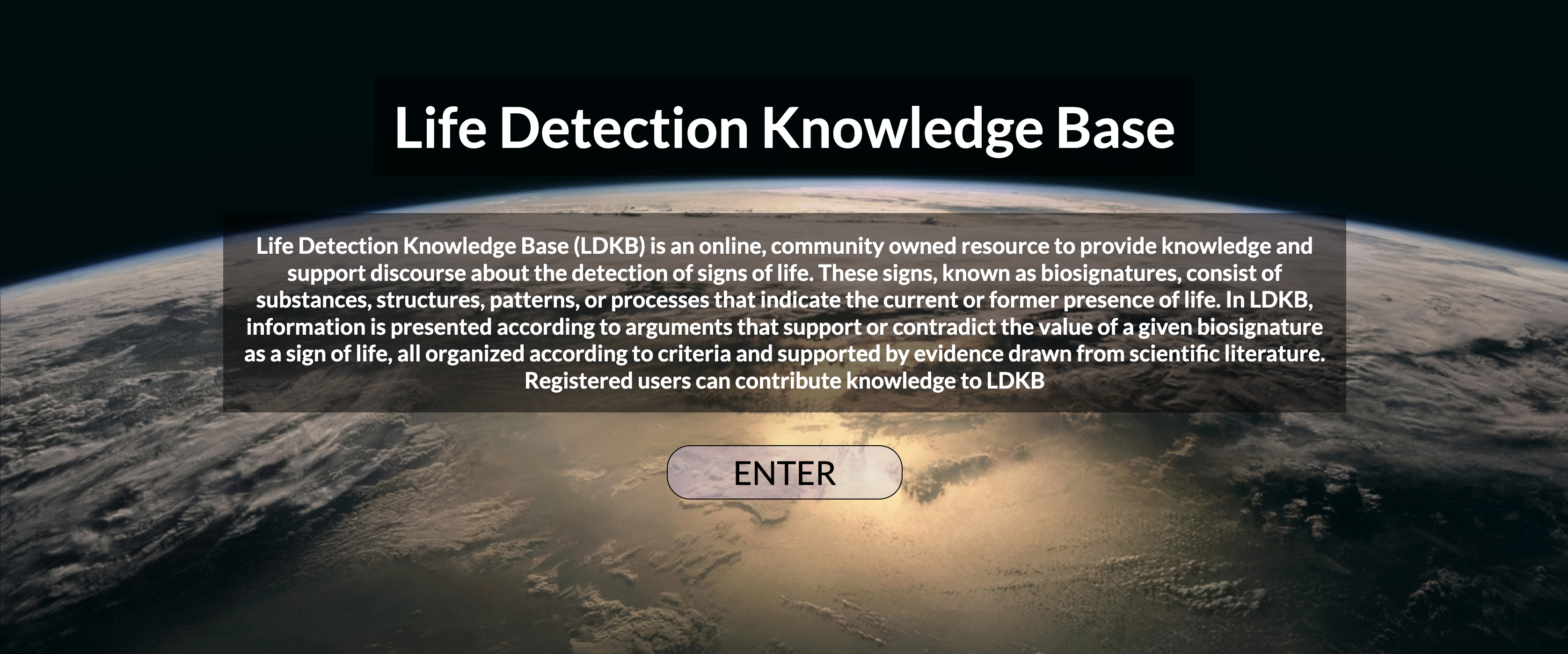
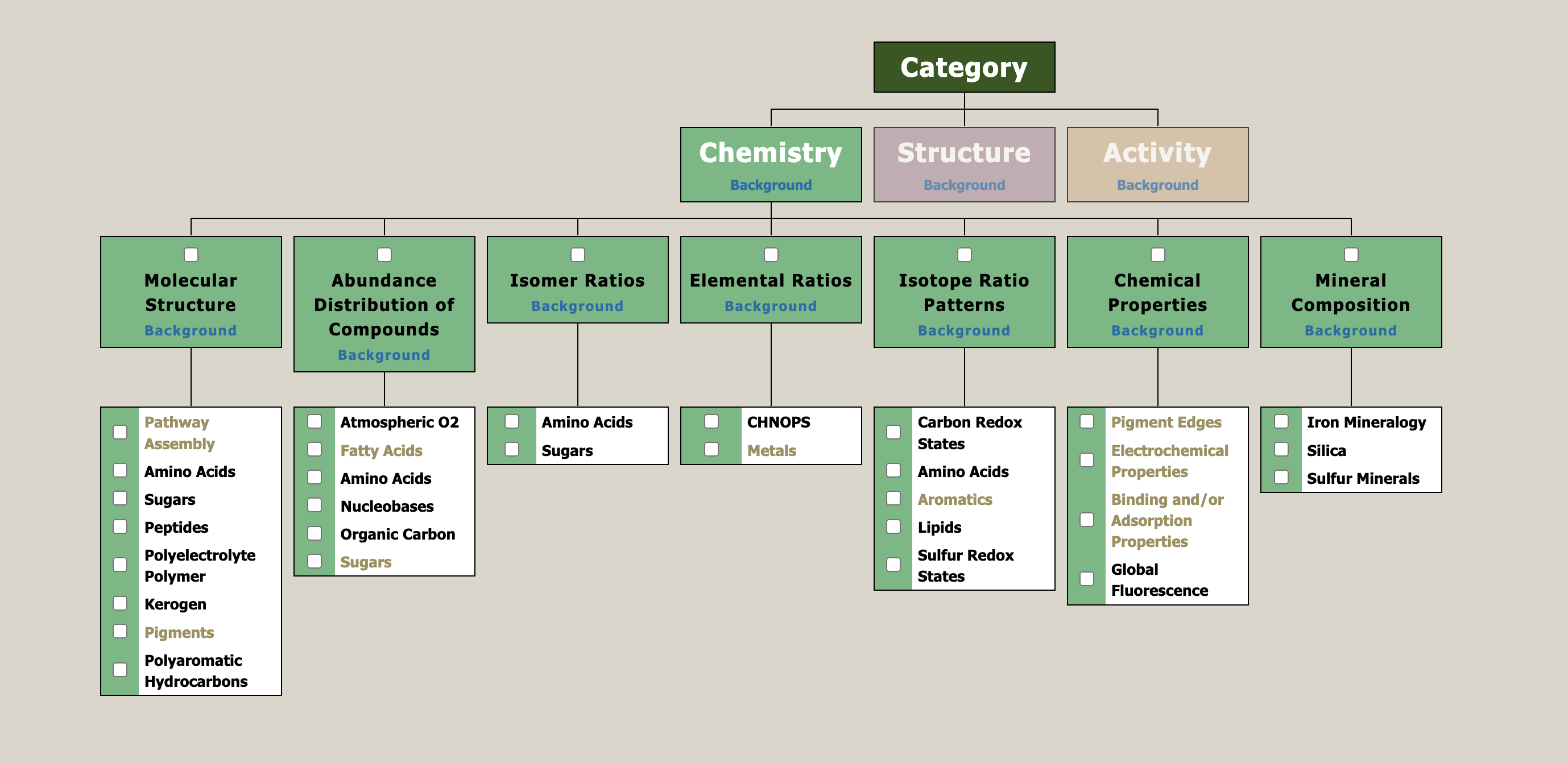
By design, the LDKB supports a process in which subject matter experts distill relevant and diverse knowledge from the broader scientific literature and input it to the LDKB it in terms of its bearing on false positive and false negative life detection results.
The LDKB is complemented by a Measurement Technology Module, which inventories current technical capabilities to detect signs of life. This module is linked to the LDKB via a Science Traceability Tool, which connects life detection objectives to measurement and instrument needs, following the concept of a science traceability matrix that is standard in the development of robotic spaceflight missions. Together, these tools organize diverse knowledge and enable users to infuse it into mission development.
A living, evolving, community resource
The LDKB is unique from static databases in several ways.
First, it is a living resource, built to accommodate new information in the literature as it becomes available. It also incorporates uncertainty inherent in the search for signs of life, revealing current knowledge gaps. Such gaps are clearly indicated within specified LDKB entries, inviting subject matter experts to fill those gaps. One example is the gaps in abiotic prevalence arguments within certain entries. This was one motivation behind a recent community workshop, “Exploring the Abiotic Background for Life Detection” which resulted in content that will feed directly into the LDKB. The LDKB encourages dialogue among science and technology communities as knowledge evolves. Users can comment on existing potential biosignature arguments and supporting evidence to capture the community discourse on that topic.
The LDKB is made for and by the community. Its initial content was seeded by experts in the astrobiology community in a series of workshops from 2020 to 2022. Since then, community engagement continued across multiple conferences, workshops, and advisory group meetings. More than a hundred workshop participants, registered users, and Center for Life Detection team members have contributed dozens of potential biosignature entries, organizing knowledge from scientific literature spanning paleobiology to astrophysics. Community engagement has resulted in refinement of the original content, identification of knowledge gaps, and enhancements to the LDKB functionality and architecture.
The LDKB, however, is far from a finished product. For example, the Center for Life Detection team is currently piloting the use of large language models to streamline content addition. Even entries with abundant content on true positive or false negative life detection arguments are not necessarily complete because new knowledge is constantly emerging. A registered user can contribute evidence from newly published literature arguing in support of or opposition to a potential biosignature as a true positive life detection result. Or content may be added from a publication outside traditional astrobiology domains, such as biomedicine.
Training the next generation
Community engagement has illustrated notable educational applications of the LDKB. The webtool's utility as an educational resource for next generation mission planners and astrobiologists was demonstrated when Georgia Institute of Technology astrobiology course instructor, Dr. Jennifer Glass, adopted it for a class project across several semesters from 2022 to 2023. In her graduate course, Seminal Papers in Astrobiology, Dr. Glass assigned students a biogenic or abiotic stance on a seminal astrobiology case study, such as the debate on the oldest microfossils. Students constructed and iterated arguments and evidence on their chosen topics for inclusion into multiple LDKB entries. A second example of the tool’s success in education came from a collaboration with the Young Scientists Program internship through the Blue Marble Space Institute of Science. Through both efforts, students developed arguments and supporting evidence for inclusion the LDKB, gaining useful skills in peer reviewing, scientific writing, and scientific debate.
The LDKB’s structure and logic, community involvement, criteria for categorizing arguments as true positive life detection results, and examples of structural and chemical potential biosignature entries are described in detail in the July and August 2025 issues of Astrobiology journal. This special collection double issue is dedicated to educating the community on the webtool and inviting participation. Members from the astrobiology community who are interested in helping craft the LDKB to become a go-to resource for life detection mission formulation by adding or expanding contributions or in educational collaborations using the webtool are invited to become registered users, explore the resource, and express their interest by contacting the CLD team through the site.
By: Svetlana Shkolyar, UMD, NASA Goddard Space Flight Center
Jul 21, 2025
Publications:
- Special Collection Part I: Life Detection Knowledge Base. Astrobiology, Volume 25, Issue 7, July 2025.
- Special Collection Part II: Life Detection Knowledge Base. Astrobiology, Volume 25, Issue 8, August 2025.
Life Detection Knowledge Base
Working with the broader scientific community, the LDF has been developed and managed by a collaboration of astrobiologists and technologists in the Center for Life Detection, part of NASA's Network for Life Detection Research Coordination Network.
Learn More

